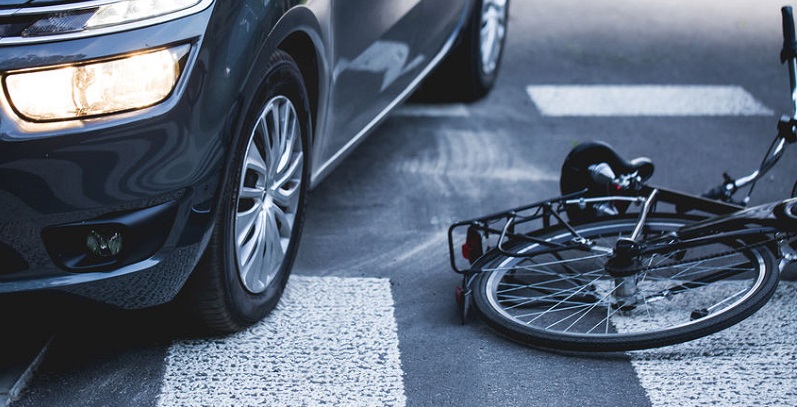Last year, bicycle accident deaths were 10 percent higher than in 2017.
Despite efforts for increased safety, bicycle accident deaths are not declining.
The number of bicyclists in the United States is growing, and along with this growth comes growing concern–and debate–about safety.
Many cities have developed or expanded bike lanes so that bicyclists can maneuver more safely through heavily trafficked areas. But how effectively do the lanes protect bikers, and can or should anything more be done to reduce bicycle accidents?
Although auto accident fatalities are slightly down, the same is not true for bike accident deaths.
The National Highway Traffic Safety Administration estimates that traffic fatalities were slightly lower last year than in 2017: 36,750 people died on United States roads in 2018, a one percent decrease from the total of the previous year.
The news was a bit grimmer for pedestrians and bicyclists. Deaths of pedestrians rose four percent in 2018 and deaths of cyclists rose ten percent. (One example of the latter: In Denver this July, a young mother was hit and killed while on her bike by a driver who reportedly failed to yield before making a turn in front of her, even though she had the right of way.)
Many factors affect safety. According to a recent study by the Insurance Institute for Highway Safety (IIHS), bike lanes are helpful but don’t eliminate all risk of injury. Bike lanes that intersect with driveways and alleyways or that are separated from regular traffic lanes by nothing but painted markings still leave bicyclists vulnerable.
Florida has the highest-ranking as the most dangerous state for bicycling, for the top five cities for cycling deaths are all in the Sunshine State. In Colorado, Boulder leads the state in the number of bicycle-related deaths per 100,000 people.
Protected, Designated Bike Lanes
StreetsBlog USA recently passed along the results of a study which concluded from its analysis of thousands of bike accident fatalities that fortified infrastructure like separate, protected bike lanes do more to keep biking safe along busy thoroughfares than painted lanes do.
Los Angeles recently unveiled what it calls The Wave, a wavy physical barrier between bike traffic and car traffic. Last year, Colorado Springs introduced a Bike Master Plan, and Denver has proposed adding protected bike lanes in some parts of the city. Denver cyclist Andrew Iltis would welcome the new protection.
“I’ve had a couple close calls on my bike and it’s just hard. You’re not as big as a 2,0000-pound vehicle and it’s really just you out there against those big machines and it feels a lot like you’re out in it…. The bike lane is great, but it doesn’t necessarily provide any separation from traffic as they go by.”
Here in Colorado, Governor John Hickenlooper signed into law the Bicycle Operation Approaching Intersection bill in 2018, allowing communities to set maximum rolling-stop speeds for bicyclists at between 10 and 20 miles per hour. It also gives bicyclists the option to pull out ahead of vehicles. There is an ongoing debate about whether the law increases bicycle accidents or protects bicyclists.
One thing that all cyclists can do to ride more safely is to wear a helmet. Health officials say that head injuries tend to be more severe than any other type of injury sustained in bicycle accidents and that wearing a helmet can reduce the odds of a head injury by 50 percent.
If you or a loved one has been injured in a bicycle accident, contact Colorado personal injury attorney Dan Rosen for a free initial consultation to discuss the details of your accident.

